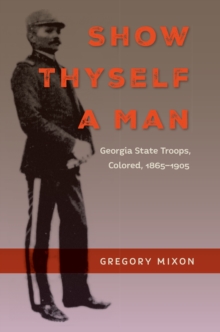
The Citizenship Education Program and Black Women's Political Culture PDF
by Deanna M. Gillespie
Part of the Southern Dissent series
Description
Southern Association for Women Historians Julia Cherry Spruill Prize
Finalist, Hooks National Book Award
Honorable Mention, Frances S. Summersell Center for the Study of the South Deep South Book Prize
How Black women used lessons in literacy to crack the foundation of white supremacy
This book details how African American women used lessons in basic literacy to crack the foundation of white supremacy and sow seeds for collective action during the civil rights movement. Deanna Gillespie traces the history of the Citizenship Education Program (CEP), a grassroots initiative that taught people to read and write in preparation for literacy tests required for voter registrationa profoundly powerful objective in the Jim Crow South.
Born in 1957 as a result of discussions between community activist Esau Jenkins, schoolteacher Septima Clark, and Highlander Folk School director Myles Horton, the CEP became a part of the Southern Christian Leadership Conference in 1961. The teachers, mostly Black women, gathered friends and neighbors in living rooms, churches, beauty salons, and community centers. Through the work of the CEP, literate black men and women were able to gather their own information, determine fair compensation for a days work, and register formal complaints.
Drawing on teachers reports and correspondence, oral history interviews, and papers from a variety of civil rights organizations, Gillespie follows the growth of the CEP from its beginnings in the South Carolina Sea Islands to southeastern Georgia, the Mississippi Delta, and Alabamas Black Belt. This book retells the story of the civil rights movement from the vantage point of activists who have often been overlooked and makeshift classrooms where local people discussed, organized, and demanded change.
A volume in the series Southern Dissent, edited by Stanley Harrold and Randall M. Miller
Information
-
Download - Immediately Available
- Format:PDF
- Pages:282 pages
- Publisher:University Press of Florida
- Publication Date:10/08/2021
- Category:
- ISBN:9780813057866
Other Formats
- Hardback from £81.49
- EPUB from £24.26
Information
-
Download - Immediately Available
- Format:PDF
- Pages:282 pages
- Publisher:University Press of Florida
- Publication Date:10/08/2021
- Category:
- ISBN:9780813057866










